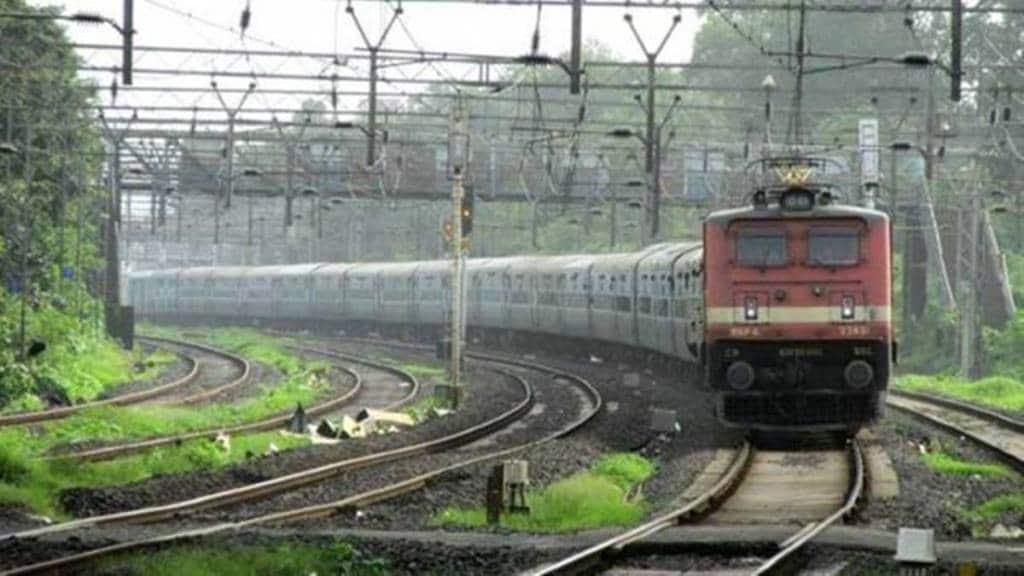Prime minister Narendra Modi will inaugurate a clutch of railways projects, including key sections of the dedicated freight corridors on Tuesday.
The 401-km stretch of the Eastern Dedicated Freight Corridor (EDFC) and 244-km strech of the Western Dedicated Freight Corridor (WDFC), built a combined cost of Rs 25,222 crore, will connect New Khurja Junction to Sanhewal section of the EDFC and New Makarpura Junction to New Gholvad section on WDFC.
The two corridors, built wiith the support of patient capital from abroad, are key to India’s plan to reduce the cost of logistics. The corridors would also release more rail network for passenger traffic, and help reduce the congestion on this front.
The PM will also flag off special freight trains from different stations along the two corridors.
With this, EDFC will be fully completed while WDFC will be 81% completed. The DFC is hopeful of completing the remaining parts of WDFC by next March. Despite the capacity to run 240 trains per day on both corridors, DFC is barely running 100-110 trains per day. This is due to the low demand from the industries. DFCCIL officials remain hopeful though.
“The infrastructure is almost ready. We are expecting the industries to assess the benefits of using the DFC network. The demand will pick up from the current levels,” said Shobhit Bhatnagar, Director (Operations & Business Development), Dedicated Freight Corridor Corporation of India Ltd (DFCCIL).
DFC claims that both corridors have significantly reduced the freight transportation time — which should attract industries — due to higher speeds (50-60 kmph) on its tracks as compared to an average of about 25 kmph on the regular railways tracks.
Higher speeds mean that the time to transport coal from the coal fields of Eastern India to the power plants of Northern and Western India has been brought down to below 20 hours from 35 hours earlier. This has, in turn, reduced the inventory cost for the power plants. Similarly, with commissioning of WDFC, transportation time of container trains from ports of Western India to Delhi NCR has reduced by almost 50% which has given a boost to the exports-imports industry.
DFCCIL officials said that railways has gained a lot due to these freight corridors. For instance, the shifting of freight trains to DFC tracks has eased the pressure on the railways tracks. This has allowed railways to run more passengers trains on its tracks. Not just that, the DFCCIL claims that the project will enable railways to increase its share in the freight transportation from 25% now to over 40%.
Started in 2006, the project is funded through a combination of debt from agencies like JICA & World Bank and equity from Ministry of Railways. Since its inception, the project has faced delays as it encountered hurdles in land acquisition.

